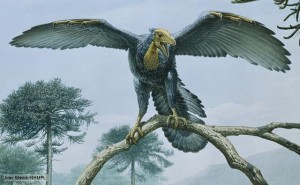This is now the fifth part in a series exploring the public communication of geoscience, this time focusing on the role that television can play as a communication medium. It is based on, and a development of the ideas conveyed within a paper by Iain Stewart, no stranger to TV himself, and Ted Nield, a writer of popular geoscientific novels and Editor of Geoscientist magazine published by the Geological Society.
The four previous posts, in order, are:
1. Why bother with communication?
2. What do the public already know about geoscience?
3. Who are this ‘public’ we are aiming to communicate with?
4. What is the role of the mass media and newspapers in communication?


